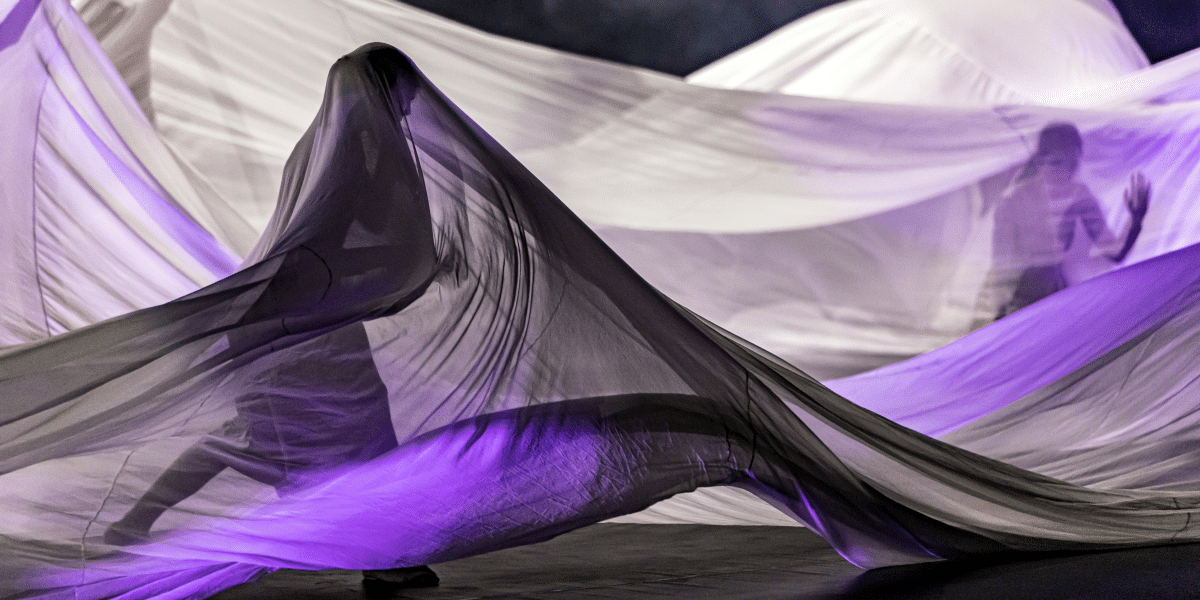Post Preview
The use of backdrops on stage is a practice as old as the theater itself, pivotal in transforming a bare stage into a vibrant world that audiences can immerse themselves into. From the grandest operas to the simplest school plays, backdrops serve multiple purposes, each enhancing the theatrical experience in unique ways.
Enhancing Storytelling
At the heart of every stage production is a story waiting to be told, and backdrops are important in this storytelling process. They provide a visual context that complements the narrative, allowing the audience to immediately grasp the setting—be it a bustling city street, a serene countryside or a fantastical landscape beyond the bounds of reality. A well-designed backdrop can convey not just the location but also the era, cultural background and specific atmosphere of the scene, enriching the audience’s understanding and engagement with the story.
Creating Depth and Perspective
One of the challenges of stage design is creating a sense of depth in a fundamentally flat space. Backdrop curtains address this challenge by providing an illusion of depth, making the stage appear more three-dimensional. Through techniques such as forced perspective, backdrops can make spaces seem larger or smaller, drawing the audience’s eye and focusing their attention where the director intends. This manipulation of space is key to creating a believable environment that envelops the audience, drawing them deeper into the world of the play.
Setting Mood and Tone
Backdrops have the power to instantly set the mood and tone of a production. Through the use of color, texture and imagery, they can help evoke emotions and create an emotional backdrop that resonates with the audience. A dark, brooding sky can foreshadow impending doom, while a bright, sunny landscape can elicit feelings of joy and optimism.
Facilitating Scene Changes
In productions that move through multiple settings, backdrops are a great help in facilitating smooth and swift scene changes. A change of backdrop can transport the audience from one location to another in the blink of an eye, maintaining the flow of the narrative without the need for lengthy pauses or elaborate set changes. This efficiency is particularly important in keeping the audience engaged and ensuring the pace of the story remains steady and compelling.
Supporting Overall Production Design
Beyond their direct impact on storytelling and mood, backdrops play a significant role in the overall production design. They work in harmony with other elements, such as lighting, costumes and props, to create a cohesive visual aesthetic. A well-integrated backdrop enhances the other design elements, making the costumes pop and the lighting more effective, thereby contributing to a unified and immersive theatrical experience.
Backdrops are more than mere decorations on a stage; they are a significant component of theatrical storytelling and design. They allow audiences to suspend disbelief and step into another world, if only for a few hours. As theater continues to evolve with new technologies and design techniques, the art of the backdrop will undoubtedly continue to play a central role in bringing stories to life on stage, demonstrating that, sometimes, the background can be just as important as the action happening in front of it.
Published by: Holy Minoza


















